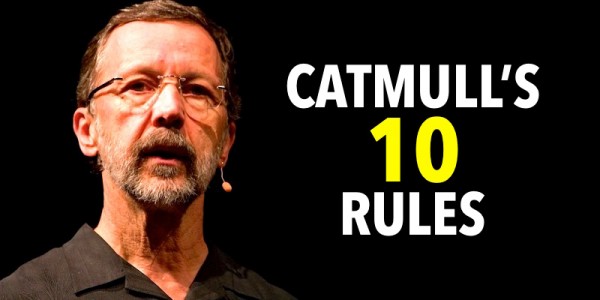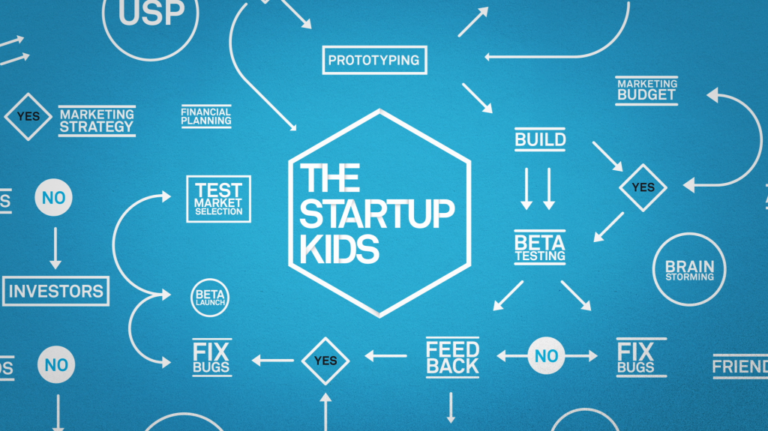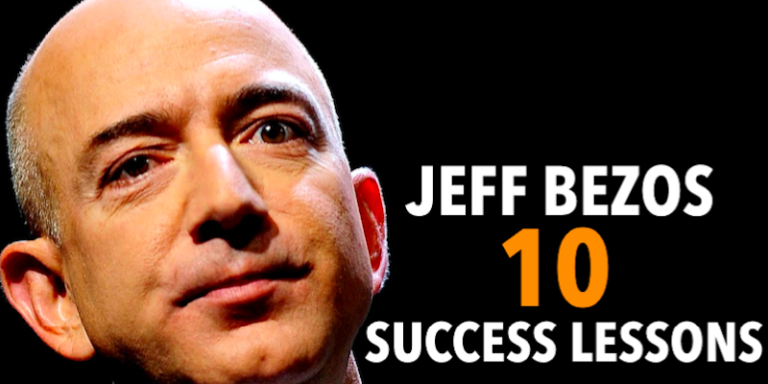Ed Catmull is arguably one of the most talented creative geniuses alive today. He co-founded Pixar (along with Steve Jobs) and when Pixar was acquired by Disney, he became the head of both companies; forever changing and improving Disney’s already incredible animation domination.
He is also the author of Creativity Inc. Ed Catmull is well known for his expertise in leadership, particularly when it comes to creative teams.

Here are the 10 success lessons from Ed Catmull – “Pixar Founder, Disney Legend” for entrepreneurs,
1. Be a problem hunter
According to Catmull, being on the lookout for problems isn’t the same as seeing them.
As a leader, one of his aims is to enable people to do their best work. He does this by presuming that his colleagues are talented and want to contribute, accepting that his company unintentionally stifles talent in unseen ways, and that his job is to identify those impediments and fix them.
2. The story must come first
According to Ed Catmull the story must come first and be prioritized over all else (including egos, titles, technology, time and budget). That’s easy to say and a hell of a lot harder to live up to. But it is one of the main reasons Pixar consistently launches some of the best movies the world has ever known.
Unfortunately, this is not always the case. When the “highest paid person in the office” or HIPPO makes a comment, often the pecking order, not the feedback, wins the day.
To avoid this, Pixar created a safe zone when seeking feedback on its movies. When you walk into the room to provide feedback, egos and titles are checked at the door.
3. Beware of potentially meaningless phrases
For years, Catmull and his colleagues would say phrases such as, “Story is king,” and “Trust the process.” However, he gradually realized that merely repeating—parrotting—such phrases to employees in meetings wasn’t enough. These phrases had to be substantiated by action.
In Catmull’s own words: “Companies constantly tell us about their commitment to excellence, implying that this means they will make only top-shelf products. Words like quality and excellence are misapplied so relentlessly that they border on meaningless.”
4. The creative product is NOT a reflection of you
When your creative team puts their heart and soul into something, they become entangled in the creative product itself and often “defends” the end product–even if the feedback being given is warranted and spot on.
As an entrepreneur, we must work with our creative teams to separate out their emotional attachments to their work and judge the work solely on its core business objectives.
Is this the story we need to tell? Is there a better way to tell it? Is it visually enticing? Does it draw you in? Do people outside of the creative process immediately “get it”? If not, keep working. Something worth doing is worth doing right.
5. Efficiency is a goal. Quality is the goal
Toy Story 2 was originally going to be a direct-to-video movie. However, eventually Catmull and his team insisted that the movie be released in theaters.
This proved to Pixar employees that “we weren’t tolerating second-class films [and] that everything we did—everything associated with our name—needed to be good.
Thinking this way was not just about morale; it was a signal to everyone at Pixar that they were part owners of the company’s greatest asset—its quality.”
6. Take risks and be willing to fail
Our egos are often the main thing that gets in our way of delivering outstanding creative products. You should take risks, be willing to fail and to accept that we are not perfect.
Creativity requires vulnerability because without vulnerability, the much needed emotional connection simply won’t show up in the work and as such, will fail to win the hearts and minds of the audience we seek.
7. Creating brilliant ideas takes time
Outstanding creative work takes time. When creatives bump up against deadlines, they either rise to the occasion or fall apart.
We live in a very time-sensitive world. We would like to do more than we have time to do, so we must pick our battles. When something needs to be spot on, then more time is usually needed than you would like to give it.
That said, it’s important to keep in mind that it will take you 20% of the time to get to 80% of the end product. The last 20% takes the other 80% of the time. And not all products and campaigns require a creative obsession and perfect execution.
8. Your creative goals might take years to realize
As a kid, Catmull dreamed of creating the first computer-generated animation film. It took him about twenty years.
There are two common sense lessons here: creativity is an ongoing process; and it might take years—or even decades—for your creative pursuits to be achieved.
9. Best players only want to work with the best teams
This was something Steve Jobs drove home to Ed Catmull and something Ed Catmull adopted for both Pixar and Disney. The trick is to set an incredibly high standard and lead by example.
Your top-tier workers will band together to deliver outstanding products consistently. Those in your organization that are not performing at peak levels, will require coaching and additional mentoring. If this support is not enough, they may need to find another place to work.
You can love a person, respect them and honor their skills / abilities, and still help them land their next gig somewhere else. Just because they are not a great fit for your company, doesn’t mean they don’t have value and couldn’t do a bang up job for someone else.
10. Acknowledge your inner fraudster
During the first part of his career, Catmull felt unworthy of managing so many people and projects. He felt like a fraud.
It took many years for this feeling to subside. Since then, he has mentored several employees at Pixar. Each year he tells them his story about feeling like a fraud. Then he asks his mentees if they feel like frauds. All of them, according to Catmull, acknowledge that they do.


